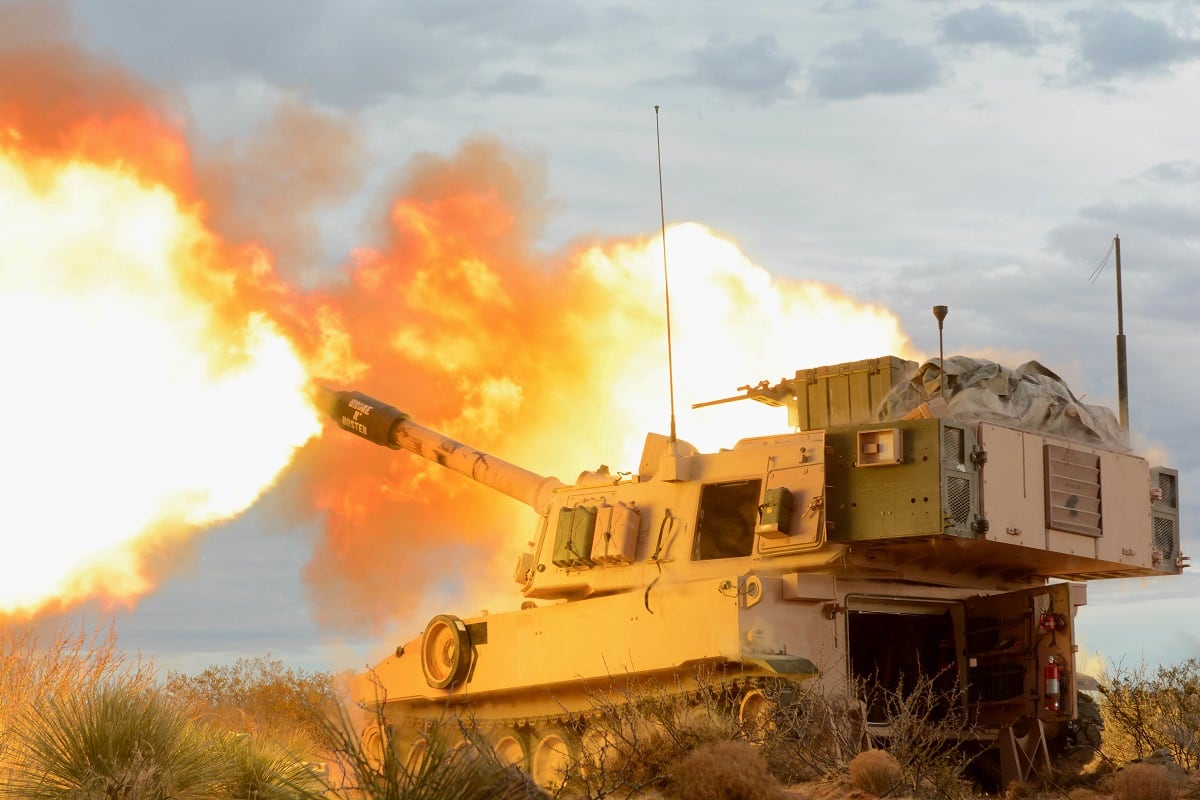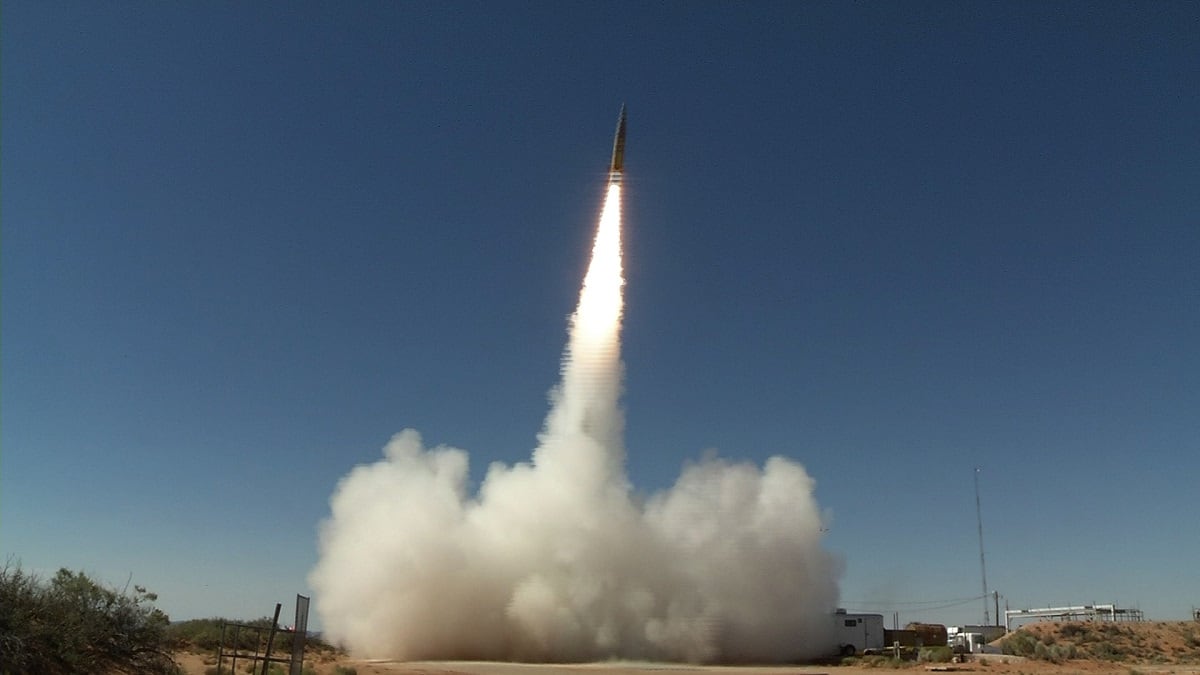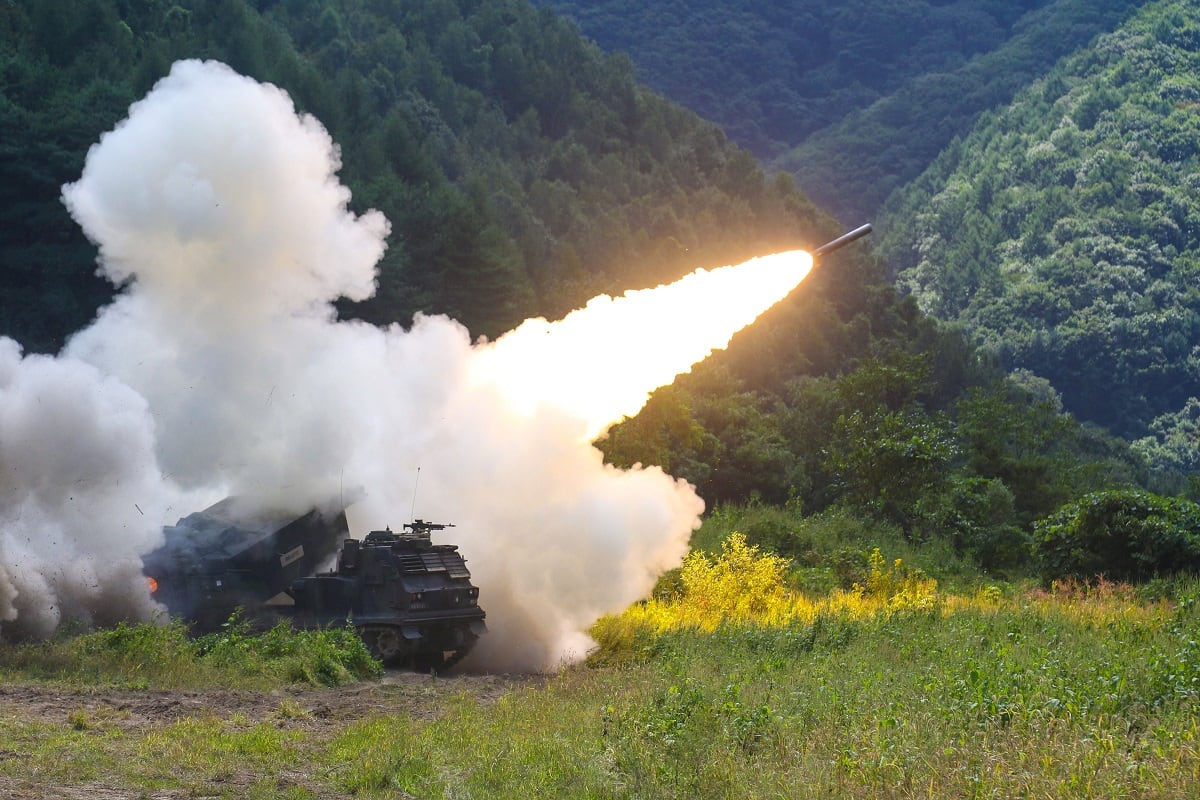It is the Army’s No. 1 priority to develop long-range precision fires that ultimately can exceed 10,000 nautical miles. And while enhanced projectiles can get a munition well out beyond the line of sight, ensuring accuracy and effective targeting will depend on other technologies and operational tactics.
The Army’s Long-Range Precision Fires Cross-Functional Team, which was formed earlier this year as part of Army Futures Command, is now looking at taking on the targeting challenge as it develops technology across the board.
“People who challenge what we are doing, in a positive way, will say, ‘Hey, how are you going to acquire? How are going to find the targets for systems at these ranges? Are you going to be able to shoot farther than you can see?’” Col. John Rafferty, director of the Long-Range Precision Fires Cross-Functional Team, told Defense News in an interview ahead of the Association of the United States Army’s annual conference.
For more coverage from the AUSA annual meeting, click here.
The initial answer is no, he said. But by working with targeting and intelligence communities as the CFT advances in its own prototyping efforts, and working to refine fires procedures and the sensor and shooter architecture, the Army hopes to get there, Rafferty said.
The capability is not historically inherent in artillery.
Rafferty said he’s recently brought to his team an Army military intelligence officer with an “enormous” amount of experience with joint intelligence surveillance, reconnaissance and targeting, and a senior chief warrant officer who was an Army target officer.
RELATED

The aim was to “not just introduce our systems to the targeting and intelligence communities, but also to work on refining our procedures, refining our sensor and shooter architecture," he said.
Part of the challenge is shoring up the time between communicating with the observer and sending targeting information to the gun, Rafferty said. While it’s part of the procedural process for artillery now, the challenge grows at longer distances, especially as the joint force will be required in the future to react more quickly than ever before.
A key to that is making sure the systems developed within Long-Range Precision Fires are fully understood by not just the combatant commanders, but joint and and allied partners as well, Rafferty said. This way they are truly an integrated part of a network of sensors and shooters on the battlefield.
One of the fundamental issues that Long-Range Precision Fires addresses when considering the Army’s future operations is ensuring joint access, Rafferty said.
“How do we penetrate the enemy’s A2AD [anti-access, area denial] networks? … That is a pacing threat,” he said. “This Army strategic fires, the purpose of that, is to create windows of opportunity for exploitation by the joint force.”
The systems the Long-Range Precision Fires CFT is now focused on for strategic distances reside in the realm of hypersonics and drastically extending the range of cannon artillery using state-of-the-art technology, Rafferty said.
The CFT is watching closely an effort to demonstrate a hypersonic capability through the Army’s Space and Missile Defense Command.

But those are “exquisite munitions, very expensive, incredibly sophisticated and travel long, long distances,” Rafferty said.
These systems will address the delivery of “incredible kinetic energy” that would destroy an adversary’s strategic infrastructure and hardened targets.
To address the need of more distributed targets, the Army’s CFT is also focused on developing a strategic cannon that would also fire at “very, very” long ranges, but within a larger volume of more affordable projectiles, Rafferty said, “that would enable us to create more of ‘mass of volume’ of fires effects."
“You need traditional artillery area fire, but just at much greater ranges,” he said. “And then there would be enough room in the warhead to be able to put in sensor fuse munitions and sensors that would enable you to track moving targets in multiple domains.”
Rafferty said the Army is on a path toward a technology demonstrator to address the need in the next couple of years and then will pursue small units of capability for different theaters.
Jen Judson is an award-winning journalist covering land warfare for Defense News. She has also worked for Politico and Inside Defense. She holds a Master of Science degree in journalism from Boston University and a Bachelor of Arts degree from Kenyon College.




